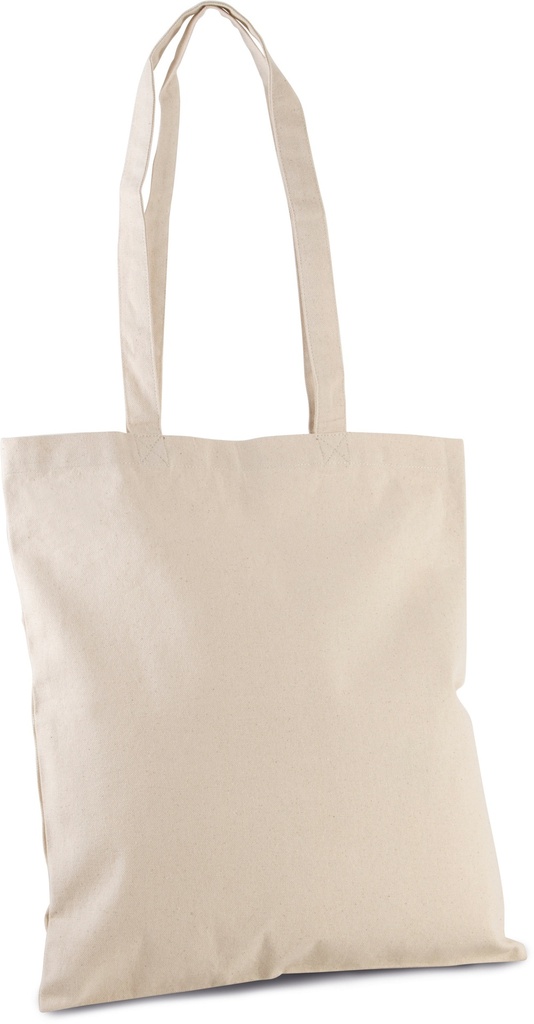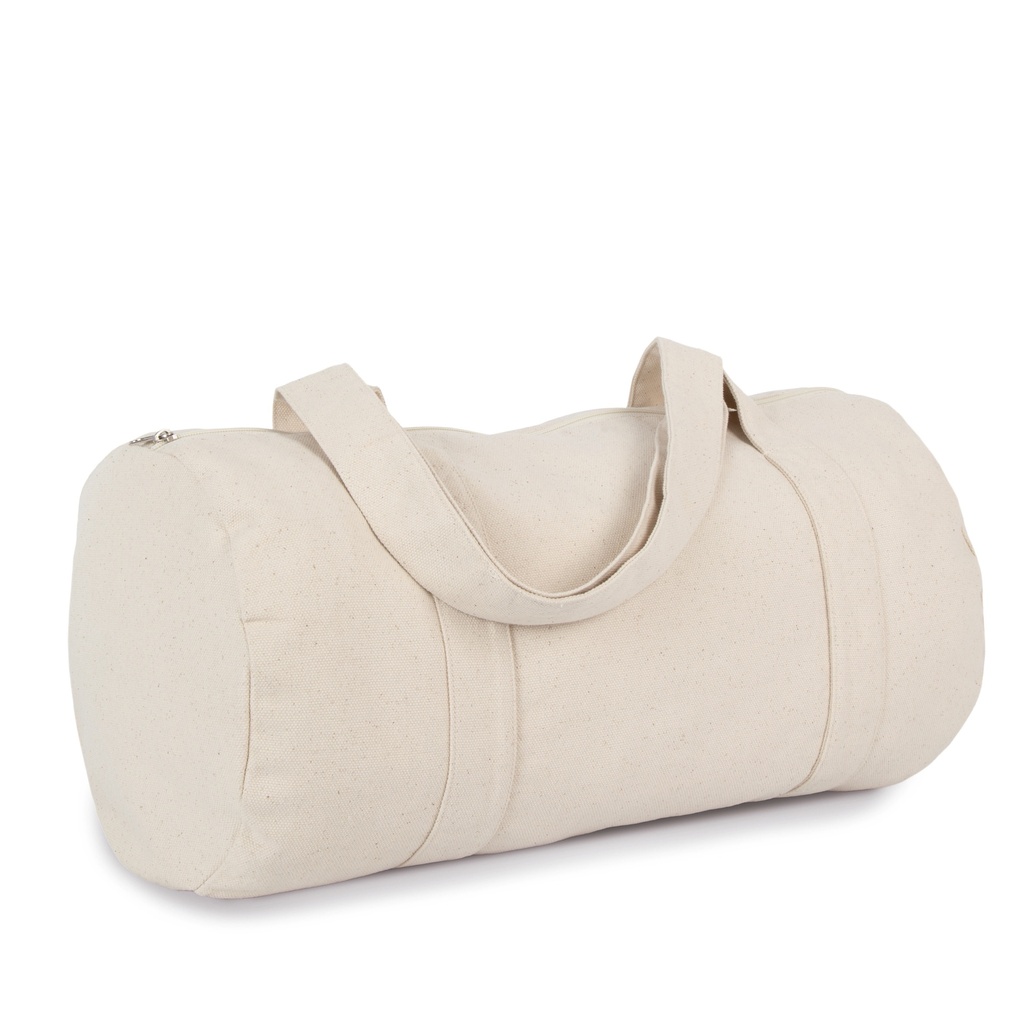Bonjour cher lecteur, ici Leïla. Tu t'es déjà demandé quelles étaient les vraies différences entre le coton conventionnel, le coton biologique et le coton recyclé ? Tu veux savoir lequel est le plus durable au final ? Lequel consomme le plus d'eau et d'énergie pour être produit et lequel produit le moins de CO2 ?
Dans le monde du textile, le coton est une fibre de base utilisée dans tous les domaines, des vêtements aux articles ménagers. Cependant, tous les cotons ne sont pas égaux.
La durabilité du coton peut varier considérablement en fonction de son type : coton conventionnel, coton biologique et coton recyclé. Chaque type présente des caractéristiques et des impacts distincts sur l'environnement.
Examinons ces différences en nous concentrant sur les aspects de durabilité, les processus de production, la qualité des fibres et l'empreinte environnementale.
Coton conventionnel
Production Le coton conventionnel est le type de coton le plus répandu. Il est cultivé à l'aide d'engrais synthétiques, de pesticides et de semences génétiquement modifiées afin d'augmenter le rendement et la résistance aux parasites.
Impact sur l'environnement
- Utilisation de pesticides : La culture conventionnelle du coton est connue pour sa forte utilisation de pesticides et d'insecticides. Ces produits chimiques peuvent contaminer le sol et l'eau, nuire à la faune et poser des risques pour la santé des agriculteurs et des communautés locales.
- Consommation d'eau : La culture du coton conventionnel nécessite d'importantes quantités d'eau. On estime qu'il faut environ 2 700 litres d'eau pour produire un T-shirt en coton.
- Dégradation des sols : Les pratiques agricoles intensives épuisent les nutriments du sol, ce qui entraîne l'érosion et la diminution de la fertilité du sol au fil du temps.
Qualité des fibres
- Durabilité : Les fibres de coton conventionnel sont relativement durables mais peuvent être affaiblies par les traitements chimiques utilisés lors de la culture et de la transformation.
- Douceur : La douceur du coton conventionnel peut varier en fonction de la variété spécifique et des méthodes de traitement utilisées.
Coton biologique
Production Le coton biologique est cultivé sans engrais ni pesticides synthétiques, ni semences génétiquement modifiées. Il s'appuie sur des pratiques agricoles naturelles telles que la rotation des cultures, le compostage et la lutte biologique contre les ravageurs pour préserver la santé des sols et lutter contre les parasites.
Impact sur l'environnement
- Sans pesticides : La culture du coton biologique élimine l'utilisation de produits chimiques nocifs, ce qui réduit le risque de contamination de l'environnement et favorise la biodiversité.
- Efficacité de l'eau : Le coton biologique nécessite généralement moins d'eau que le coton conventionnel. Les pratiques agricoles biologiques améliorent la structure du sol et la rétention d'eau, ce qui réduit le besoin d'irrigation.
- Santé des sols : En utilisant des engrais naturels et en pratiquant la rotation des cultures, la culture biologique du coton améliore la fertilité des sols et réduit l'érosion.
Qualité des fibres
- Durabilité : Les fibres de coton biologique sont solides et résistantes, et durent souvent plus longtemps que le coton conventionnel en raison de l'absence de produits chimiques agressifs dans leur production.
- Douceur : Le coton biologique est connu pour sa douceur et son confort supérieurs, ce qui en fait un choix populaire pour les vêtements et les textiles de haute qualité.
Coton recyclé
Production Le coton recyclé est fabriqué à partir de déchets de coton post-industriels ou de post-consommation. Ce processus implique la collecte, le tri et la transformation des chutes de coton ou des vêtements usagés en nouvelles fibres. La fibre recyclée est ensuite filée et tissée ou tricotée pour former de nouveaux tissus.
Impact sur l'environnement
- Réduction des déchets : Le coton recyclé contribue à réduire les déchets textiles en réutilisant les produits en coton mis au rebut. Cela réduit le besoin d'espace dans les décharges et diminue la demande de coton vierge.
- Utilisation réduite des ressources : Le recyclage du coton consomme beaucoup moins d'eau et d'énergie que la production de coton neuf. Il réduit également le besoin de traitements chimiques.
- Empreinte carbone : L'empreinte carbone du coton recyclé est généralement inférieure à celle du coton conventionnel et du coton biologique en raison de la réduction des besoins en matière d'extraction et de traitement des matières premières.
Qualité des fibres
- Durabilité : La durabilité du coton recyclé peut varier en fonction du matériau d'origine et du processus de recyclage. Bien que certains produits en coton recyclé puissent être légèrement moins durables, les progrès de la technologie du recyclage améliorent la qualité et la résistance des fibres recyclées.
- Douceur : Le coton recyclé peut être très doux et confortable, bien que la qualité dépende du mélange et des techniques de traitement utilisés.
Comparaison des aspects de durabilité
Aspect | Coton Conventionnel | Coton biologique | Coton Recyclé |
Utilisation des pesticides | Élevée | Aucune | Aucune |
Consommation d'eau | Très élevée | Modérée | Faible |
Santé des sols | Dégradée | Améliorée | Neutre/Positive |
Utilisation de produits chimiques | Élevée (synthetic fertilizers) | Aucune | Faible |
Empreinte carbone | Élevée | Modérée | Faible |
Durabilité des fibres | Modérée | Élevée | Modérée à élevée |
Douceur | Variable | Élevée | Variable à élevée |
Conclusion
Le type de coton utilisé joue un rôle crucial dans la durabilité des textiles. Le coton conventionnel, bien que largement utilisé, présente des inconvénients environnementaux importants en raison de son utilisation intensive des ressources et de sa dépendance à l'égard des produits chimiques.
Le coton biologique offre une alternative plus durable grâce à ses pratiques agricoles respectueuses de l'environnement et à la qualité supérieure de ses fibres. Le coton recyclé se distingue par sa capacité à réduire les déchets et à diminuer l'empreinte écologique de la production de coton.
Chez INKOO, nous nous engageons à faire des choix durables dans nos offres de produits. C'est l'une de nos valeurs fondamentales. En comprenant les différences entre ces types de coton, nous pouvons prendre des décisions plus éclairées qui profitent à la fois à nos clients et à la planète. Rejoignez-nous dans l'adoption de matériaux durables pour un avenir plus vert !
#Durabilité #CotonBio #CotonRecyclé #CotonConventionnel #INKOO #EcoFriendly #TextileInnovation #GreenLiving #CorporateResponsibility







Coton conventionnel, biologique ou recyclé, quelles différences ?